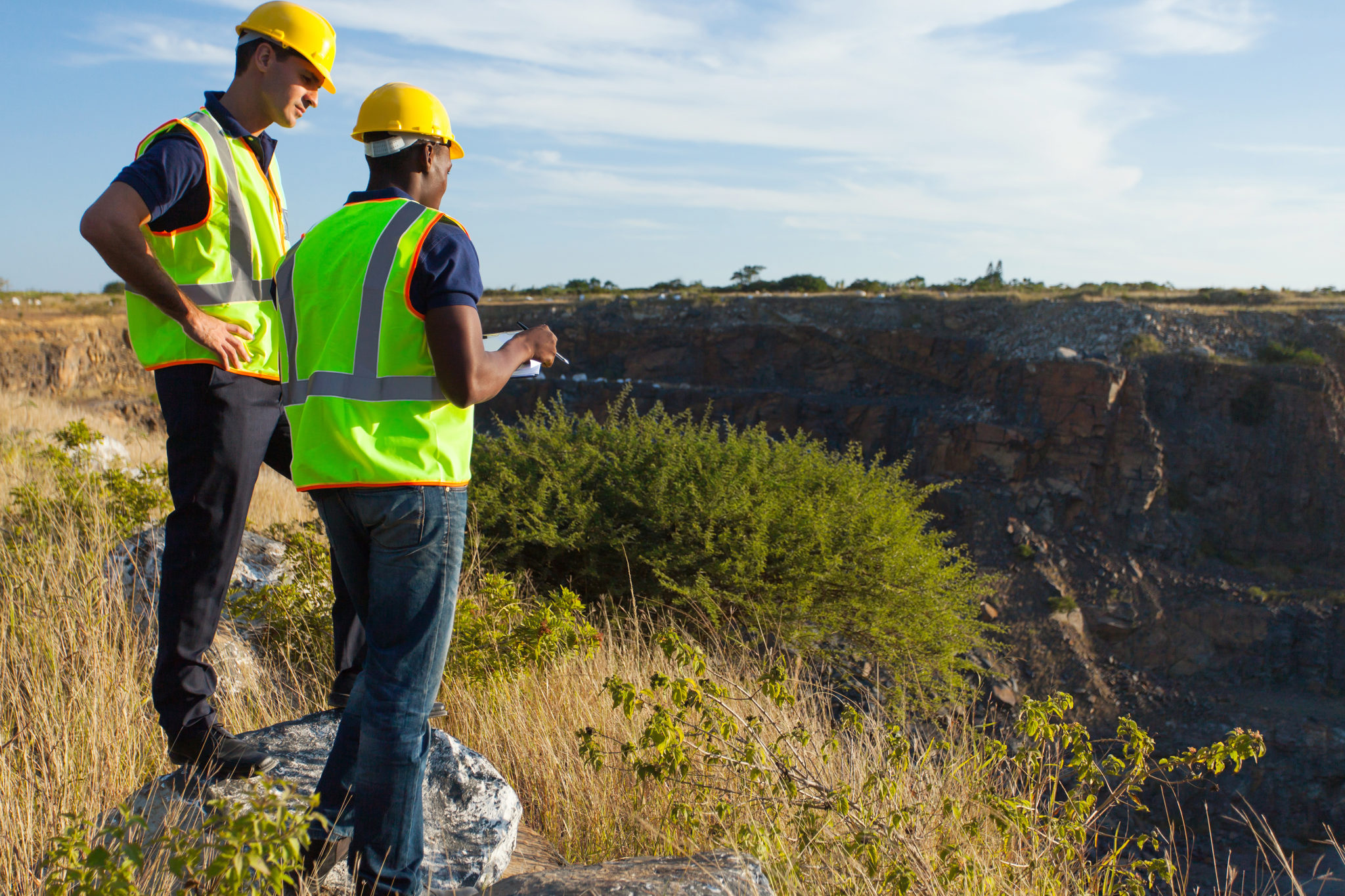15 Sep [Guide] How a Drone Mapping Team Functions

Understanding what drone mapping data can do to help your business is very important when first becoming acquainted with the solution. But how do you create a drone mapping team to attain the data on a regular basis?
In order to receive this data, a specific workflow takes place that your team and the drone mapping provider must work together to complete.
Unfortunately, learning step-by-step how to scale a drone mapping team is often lost in conversation with drone mapping providers. Many don’t break down the logistics or serve as a support system to you throughout the drone mapping process.
We’re here to change that and help you understand exactly how drone mapping works.
This blog post will allow you understand the complete process and how your team plays its part in capturing and receiving drone data. So, in the end, your company is able to ensure efficiency and profitability in the smoothest way possible.
FAA Part 107 Certification
Before starting any drone mapping operations, obtaining the FAA Part 107 Commercial Drone License is mandatory. Having this is a must for the surveyor or a member of your operations team who is handling the drone on the job site.
If you’re caught flying commercially without the certification, expect a heavy fine.
To cover your bases, it’s a good idea to make sure several team members on the job site get their Part 107 certification.
Over 60,000 people have earned their Part 107 certification, and it has only been available for one year. If they can do it, you can too!
You can learn more about this process here.
Flight Planning and Data Acquisition
Once your drone mapping team is squared away with Part 107, you can start planning flights and utilize the drone for its intended purpose.
Depending on the type or model of a drone you’re using, you may need to lay ground control points (GCPs). These are points or ‘targets’ on the earth picked up by the drone that helps with accuracy during processing. Prep work with GCPs can take some time, however, you may only need to do this once for each site.
After your GCPs are laid, you can use the drone mapping app paired with your solution to plan and upload flight plans. It’s a fairly simple task and comes down to selecting the region you wish to fly on a map. You can do this beforehand or while you’re on the job site.
Once your flight is planned, setting up the drone and taking off is pretty straightforward– the drone is set for autonomous flight.
It comes down to taking the drone out of the case and attaching the propellers, inserting the SD card, and battery. Your kit should also come equipped with a few batteries, each one has about 20 minutes of life (which is fine because the flights typically only take 15 minutes). There should be a checklist paired with the drone kit so you’re able to set up everything without missing a step.
Once the drone is in the air, this is when the actual data acquisition process takes place.
After the flight has completed, be sure to upload the photos collected by the drone to a laptop on site to ensure they were taken and meet all of the requirements for successful processing.
If they didn’t come out as planned, you’re able to redo the flight and go home the same day with the correct information (and not have to go out on site again to do the same flight). Most often this isn’t a problem, but in the rare occurrence it is, you’re covered.
Processing
When the photos of the site have been taken, the next step is to upload them to the cloud-based portal provided by your drone mapping provider.
The work is now out of your hands! Processing is done by your drone mapping provider and typically it’s done overnight so your team has data back in a matter of hours.
Once processing is done, you’re delivered clean cut, understandable data about your job site.
This is when the fun starts.
Data Analysis
At this point in time, the job site surveyors and project/site managers can share the task of drone mapping with the executives at the company to handle and interpret data.
During this final step, you simply have to log back into the cloud-based portal, and from there can retrieve and review the processed data.
But what is there to gather from it?
You’re able to explore uncharted land meaning tracking progress as it happens on the job site as well as managing fleets, measuring cut/fill progress, and more. This data helps you understand terrain, see where bottlenecks are occurring, and how fast change is happening.
Conclusion
Though the process may not be what you’re accustomed to, trust it. Here’s why:
The survey drone is a smart tool to use for data acquisition; it gives you answers fast. After attaining your Part 107, the complete drone mapping process takes one day.
As a result, your drone mapping team achieves greater operational and job site efficiency, which ultimately creates greater profit margins for the entire company.
It’s a series of events that are there to help you and your company out, in which everyone plays their part.



No Comments